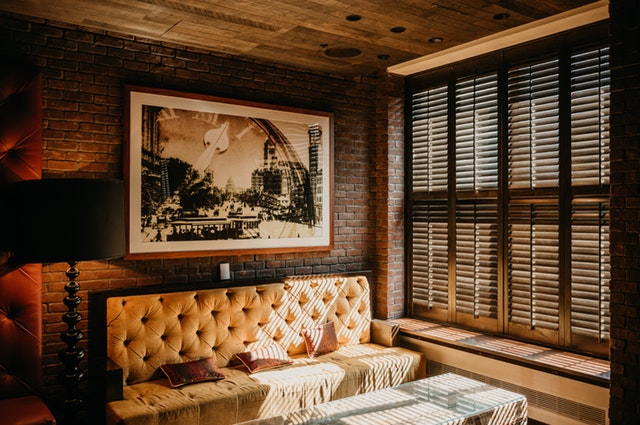Building a home with steel materials can be a more expensive option than timber. It's because of steel's durability that gives an edge over, and termite-prone wooden materials. However, there are strong and lightweight materials for building modern homes. In many regions of Australia, framed construction is used for housing structures. Considering the effects of weather, builders should insist on quality materials that guarantee maximum structural strength. Moreover, this ensures durability from a futuristic perspective where you would wish to sell your own home. Let's look at some of these strong materials for home renovation projects.
Choose Suitable Cladding
It's more cost-effective to cover the brick walls of any building with cladding materials. Instead of plastering the exterior walls with concrete, cladding can protect the structure. During your next home renovation project, consider weather-resistant alternatives that improve the value of the property which can enhance your DIY property sales experience if any in the future. Also, cladding options are ideal insulators for heat during winter seasons. Apart from being durable, a layer of claddings can be made from eco-friendly materials and are easy to maintain.
High-Quality Shingles
High-quality shingles like asphalt and fibreglass often last for about three decades. As durable roofing materials; they have low maintenance properties and are well-designed. Asphalt shingles are not sustainable roofing materials like fibreglass shingle because the former is a by-product of petroleum. However, fibreglass shingles are fire-resistant, and they come in a range of colours. Generally, contractors consider the hail rating of shingles because the value indicates the material's resistance to environmental impacts.

Polish or Tile Your Concrete Slab Floors
Plain concrete slab floors are not sophisticated, but colour dyes can be incorporated to provide a unique accent. One of the benefits of installing concrete slab floors is durability. Also, polishing a concrete floor might enhance the slab with a lasting appearance. Usually, the amazing effect the renovating your home is guaranteed by tiling concrete slabs. Concrete materials form rigid structures as foundations and floors, but they emit greenhouse gases. Homeowners in countries with moderate or mild climate prefer concrete slabs and blocks because of the material's thermal mass.
Solar Roofs Are Energy-Efficient Options
Apart from being robust, solar glass roofs are eco-friendly building materials that improve the functionality of your home. Instead of using asbestos roofs that have cancerous particles, solar panels as roofing are a sustainable alternative. With a solar glass roof, you can save more money from electricity bills. Also, this roofing option is energy efficient.
Recycled Steel for Beams and Panels
Framing materials like recycled steel is ideal options for beams. Their structural strength can help to install drywall, and they are durable materials. Homeowners in regions that are prone to natural disasters like cyclones, earthquakes, and hurricanes can fortify their home structures with recycled steel. Generally, steel is a metal with high tensile strength and thermal performance. Energy-efficient materials like recycled scrap steel are ideal for insulating homes and commercial buildings. As fire-resistant framing materials, steel is used for constructing beams and panels don't come cheaply.
Blocks and Bricks Are Durable
Construction processes like brickwork and blockwork help to ensure that buildings have solid foundations. During masonry construction, concrete is added to boost the structural strength of foundations.
Apart from their durability, well-made bricks and blocks have high moisture resistance. However, porous bricks are like clay; they don't have high mass materials, and they grow of moulds in damp environments.
Lightweight Wood
Wood for roofs, walls, and floor constructions are popular framing materials. However, this building material is susceptible to damages from insects, fire, and water. Wooden boards and planks are easily transported because they are lightweight materials. Also, the lamination of wood with waterproof membrane helps to reduce environmental impacts.



